
Making Space at the Table
NAP Contemporary’s group show, The Elephant Table, platforms six artists and voices—creating chaos, connection and conversation.
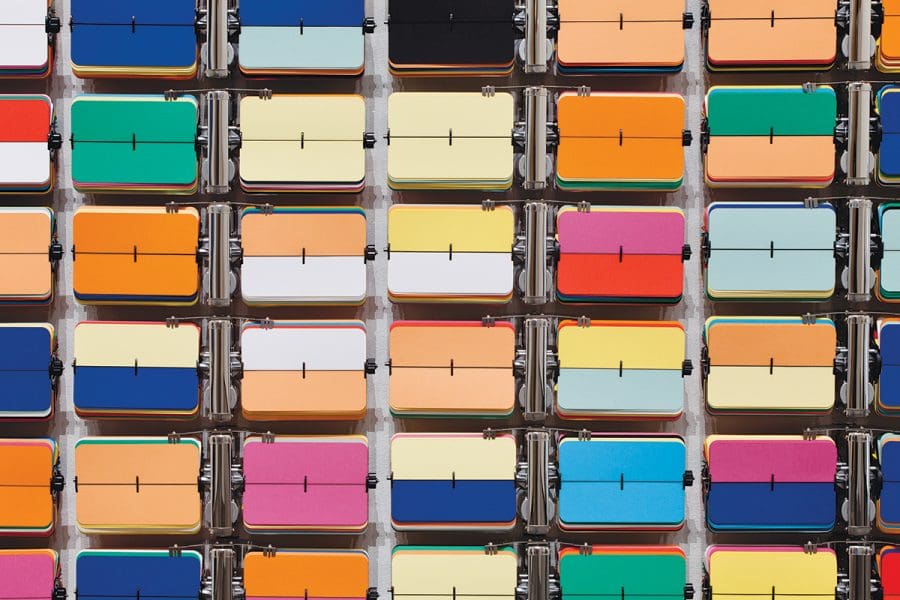
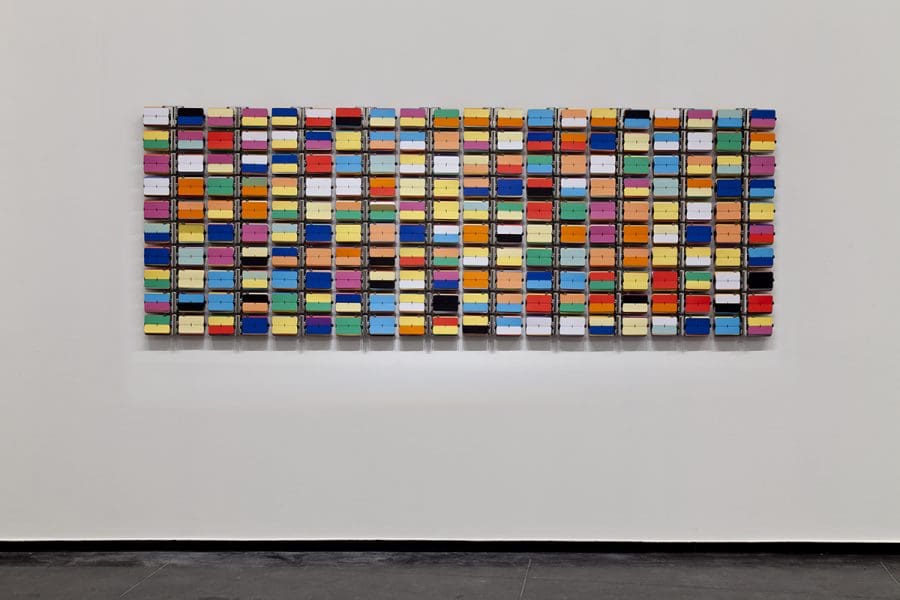
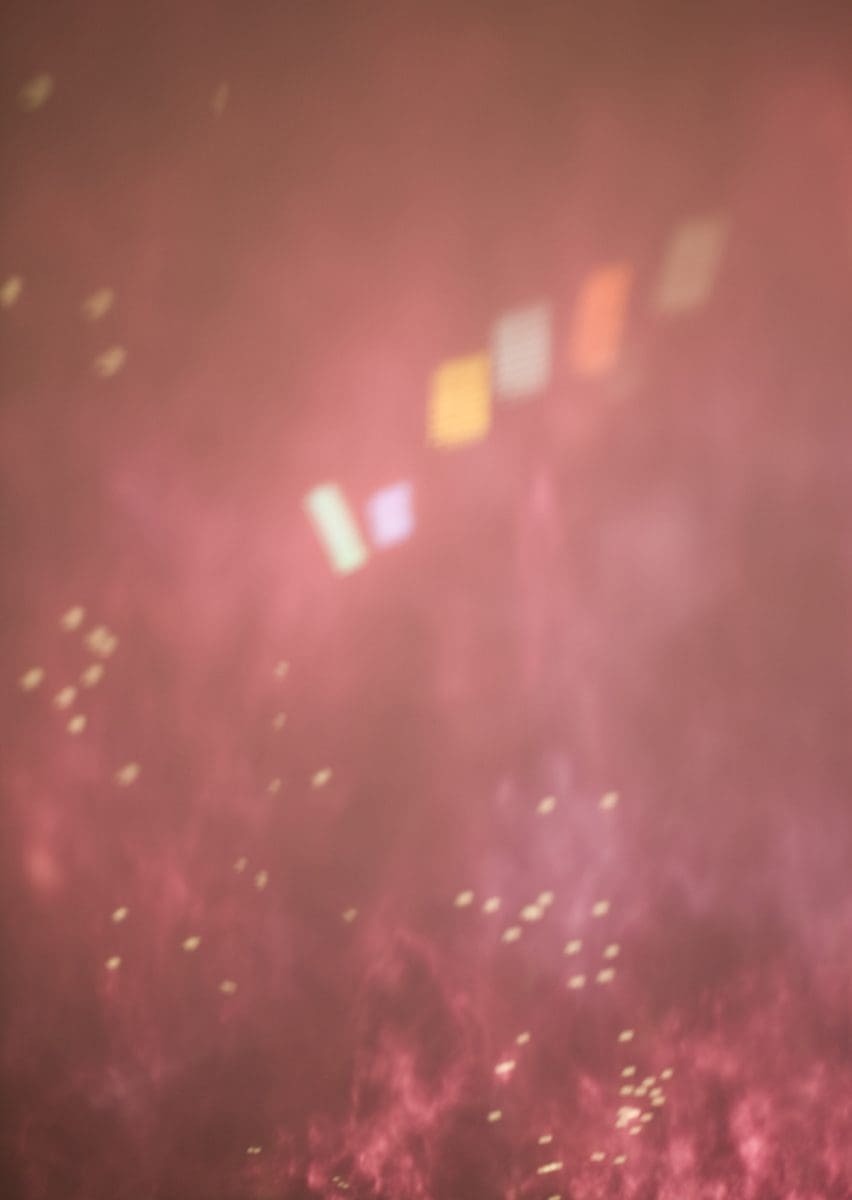

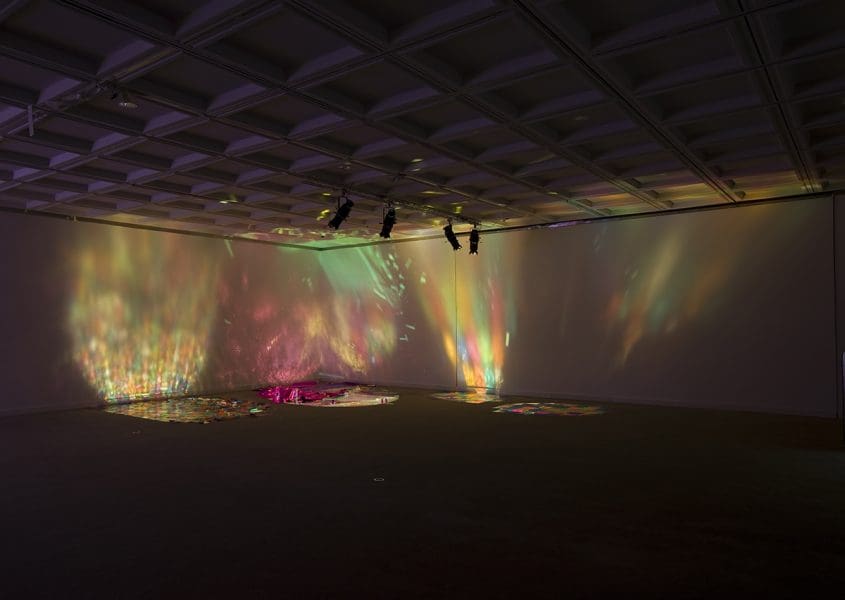
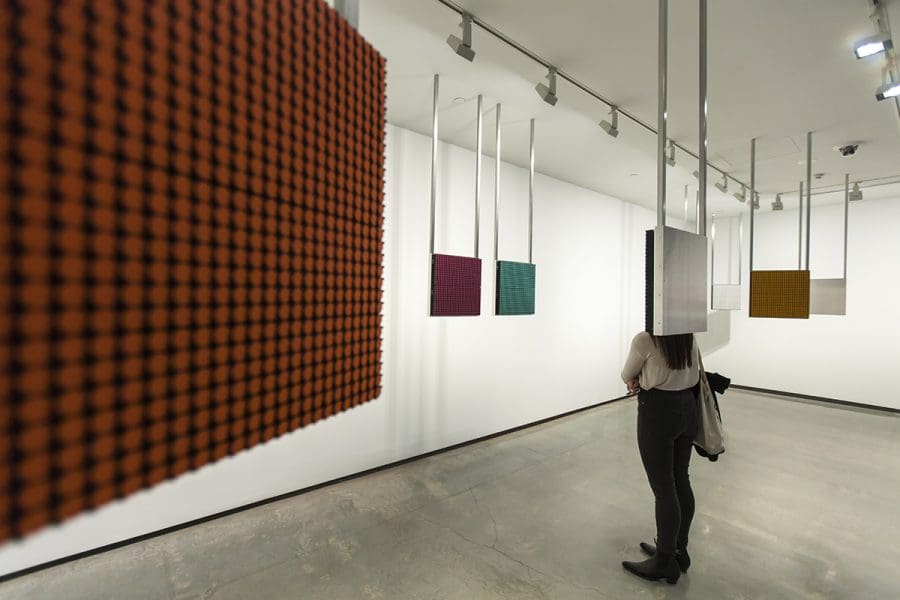

Born and raised in Perth, Rebecca Baumann is a young artist whose career has seen a steady ascent since she graduated from Curtin University in 2003. Residencies in Europe and the US, and most recently in New Zealand, have proven to be fecund endeavours for her.
Baumann’s practice travels effortlessly across a diverse range of media, including digital animation, photography and installation, as she chases ephemeral, experiential and emotive qualities in her works. In both highly digitised and complex works, and those that may not use much more than store-bought party supplies, Baumann’s signature is present through her meaningful use of light, movement, time and colour.
VK—You mentioned that you were recently on residency in New Zealand? Tell me about that – how long were you there for?
RB—I was on residency in Dunedin – I was the 2016 International Visiting Artist at the Dunedin Public Art Gallery. My residency lasted for seven weeks, which I spent doing research for a solo exhibition.
VK—What did you work on?
RB—I’ve been interested in working site-specifically with the gallery space at Dunedin Public Art Gallery, creating a new installation that thinks about time, its interaction with site, form and material.
VK—Early in 2016 you had a residency in Finland through Australia Council. What impressions did Finland leave on your work?
RB—My residency was during winter, and travelling through the Arctic Circle – both seeing the Northern Lights and also experiencing the very specific light conditions that exist at that latitude – led me to think about perceptions of light, time and space in my practice. There was also something about the pilgrimage aspect of the experience that I connected with – the idea of ‘chasing’ the Northern Lights, or chasing a moment in time.
VK—Let’s take stock of 2016. It was an extremely busy year with a lot of exhibitions across Australia. What were some of the pivotal moments for you?
RB—It was all really exciting, but my residency in Finland, my solo exhibition at AGWA and New Romance at MCA were big moments in my career.
VK—You’ve shown all over Australia and internationally as well. How do you handle travel? Do you have much of a bug for it?
RB—I definitely have the travel bug, and travelling has been important in my practice, allowing me to step outside of my familiar routine and comfort zone.
So I like this aspect of travel, and while on residency I can usually gather enough inspiration and source material to unpack for a couple of years after.
VK—Is Perth still home? Do you see yourself staying there?
RB—Yes, Perth is still home. I do find it to be a good base for me, somewhere that I have space and time, and can get a lot of work done. Though in saying that, I’m not sure what the future holds – a move could be on the cards at some point.
VK—Your works often feature materials mostly found at times of celebration – streamers, tinsel, and confetti; what draws you to them?
RB—That particular body of work started rather innocuously when I was at a newsagency and I bought some two-dollar confetti on a whim. My practice has been largely based around a formal and conceptual exploration of materials, so I guess what draws me to them is that I’m interested in the language that these everyday materials have, and our relationship to them.
VK—Your career trajectory has been swift. In part it seems to come from you striking a balance between impressing the viewer with light and movement but also evoking a deeper emotional response to your work. How do you know when you’ve got it right?
RB—I think through trial and error – failure is an important part of my, or I would argue any, artistic practice. I have certainly done a number of projects where I’ve missed the mark, but I’ve always tried to learn something through the process and am hopefully able to make a more resolved work next time.
VK—You’ve shown at big group shows this year, such as Dancing Umbrellas at Heide and New Romance at MCA. Your artworks seem to fit very different themes. Why do you think that is? What qualities do your works have that make them somewhat open-ended?
RB—I have always tried to maintain a certain ambiguity in my practice, where the audience ‘finishes’ the work, so to speak. I have never felt like my intent is important; I’m much more interested in the subjective experience of a viewer, and what they may bring to the reading of a work.

VK—Your kinetic sculptures such as Automated Colour Field, 2011, involve quite complex mechanisation. How do you manage all the technical details in realising a concept?
RB—Automated Colour Field was actually quite simple: the work used 100 individual flip-clocks that sat in a grid, each telling their own time. Manoeuvres, 2015, was much more technically complex, and to achieve this I worked with an engineer who did all the back-end programming. I have enjoyed working with different professions for various projects, as there’s a process of exchange that happens, and I’m able to gain access to different fields of knowledge.
VK—In contrast, Reflected Glory is quite low-tech, activated by light reflecting off coloured card – is there a preference for you in working high-or low-tech?
RB—Automated Colour Field was quite rigid – I created a set of rules for how the colour was chosen and put into the clocks, and from there making the work was a repetitive process. Reflected Glory came off the back of this, a reaction against it in some ways… it is much more organic, unfolding in the gallery space, where the arrangement of materials and corresponding reflections are used for mark making, to create a painting with light. So I have no preference per se; I bounce between the two ways of working, with different processes feeding into and informing the other.
VK—What’s next for you?
RB—I’m showing a work in the Los Angeles Art Fair with Starkwhite in January, and I have my solo exhibition opening at Dunedin Public Art Gallery in March 2017.